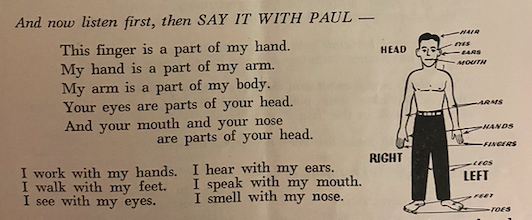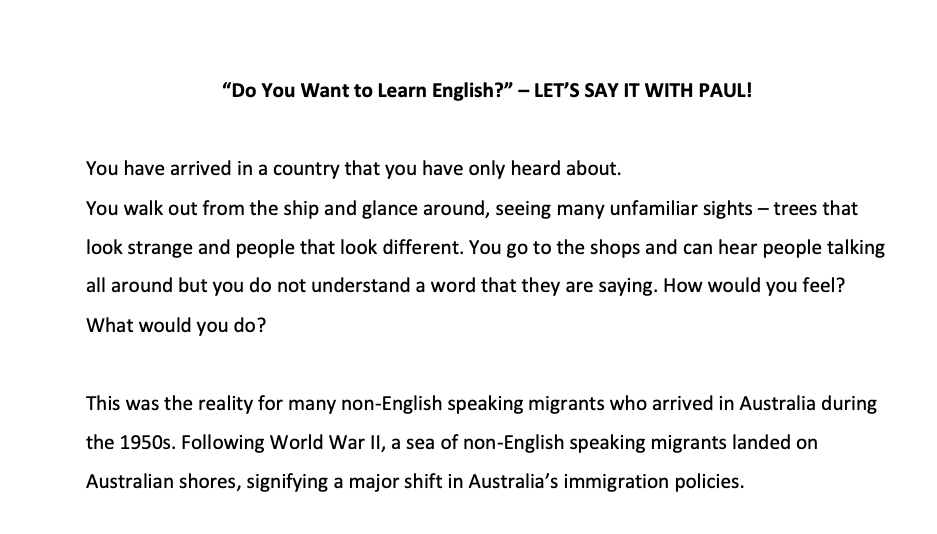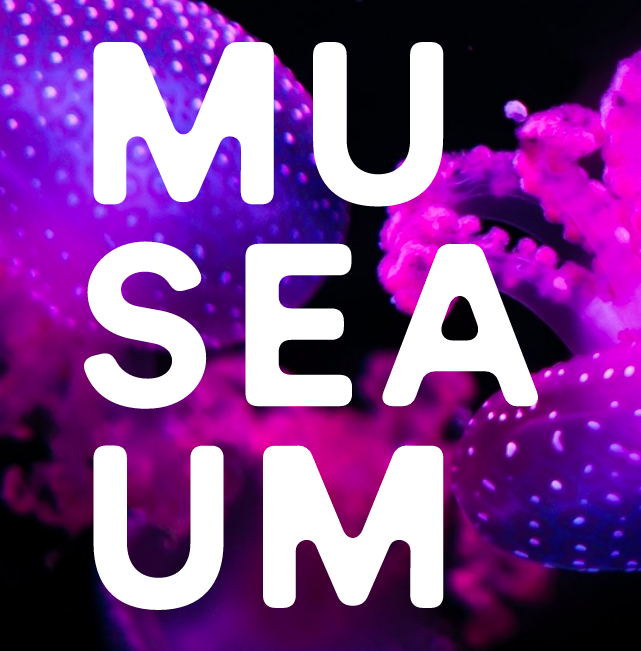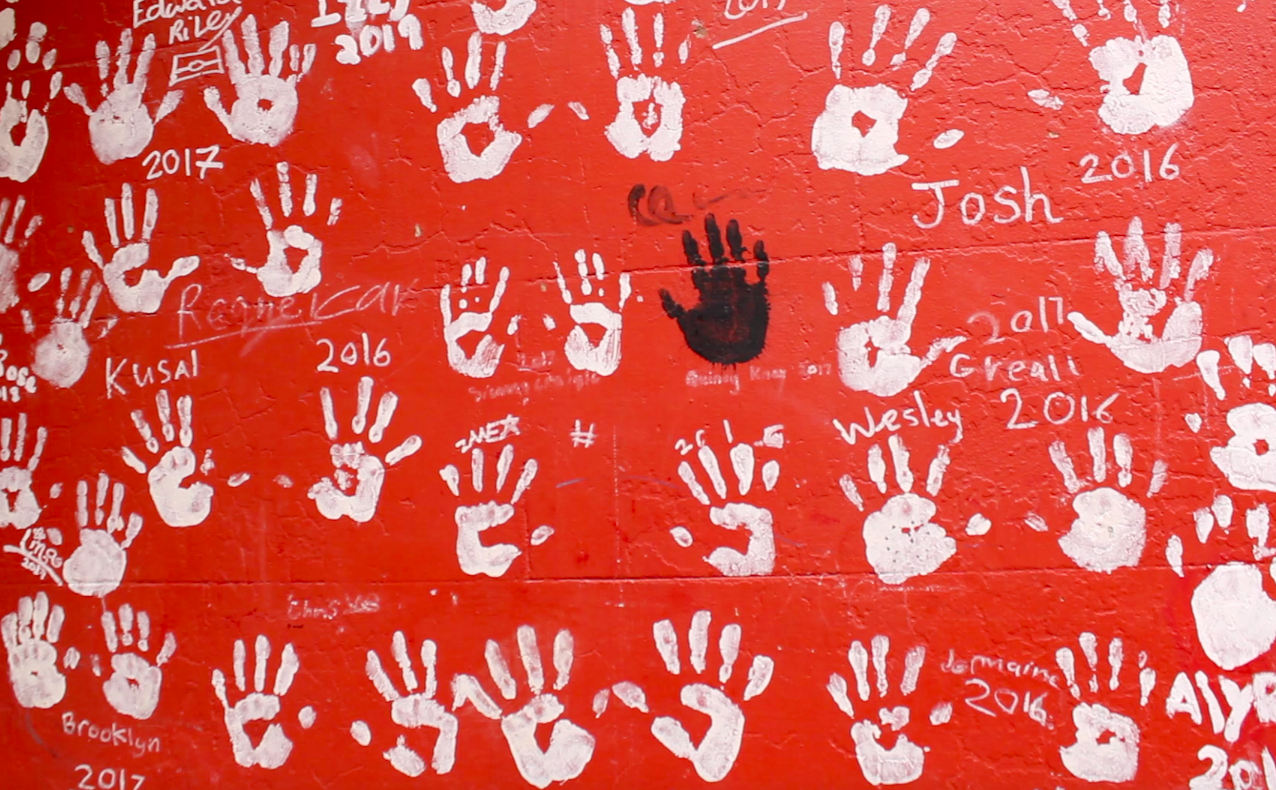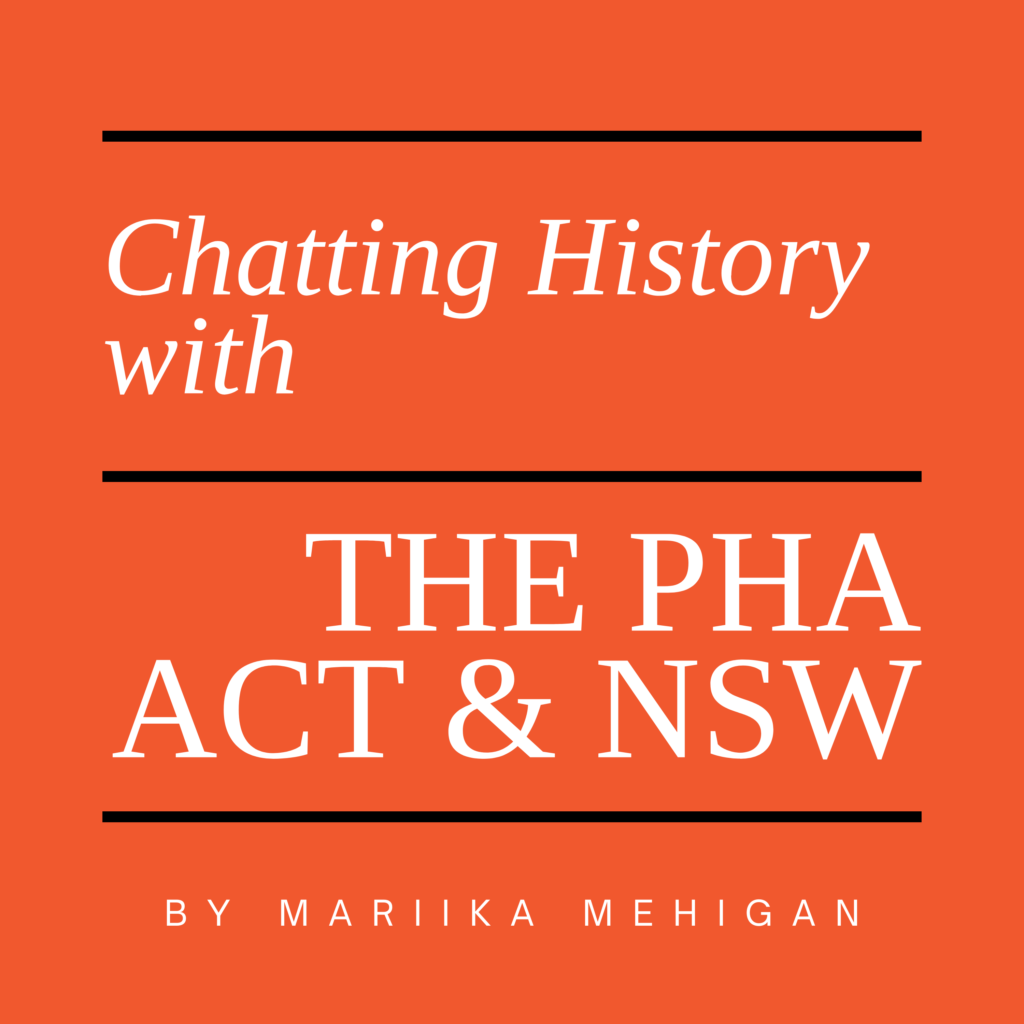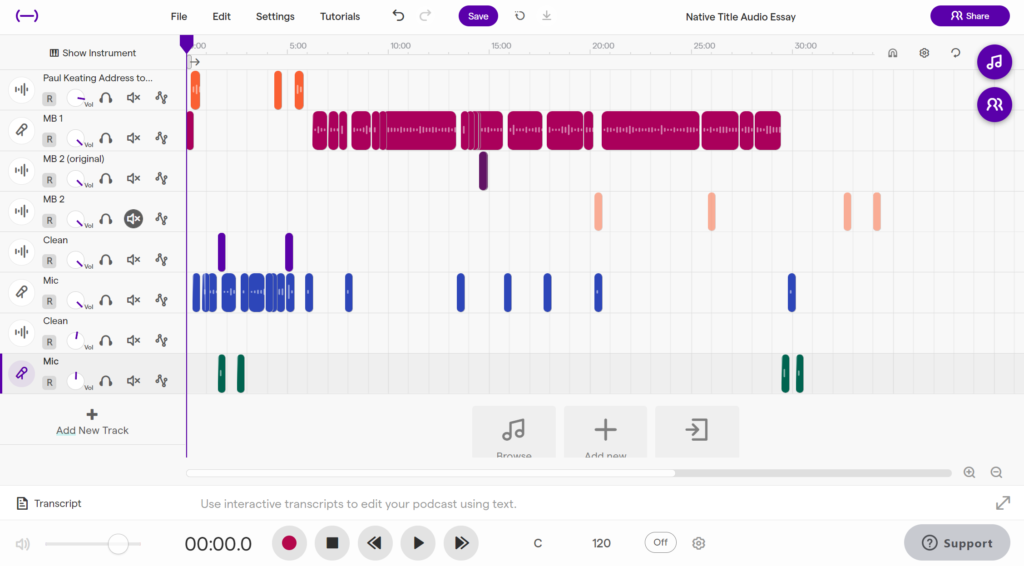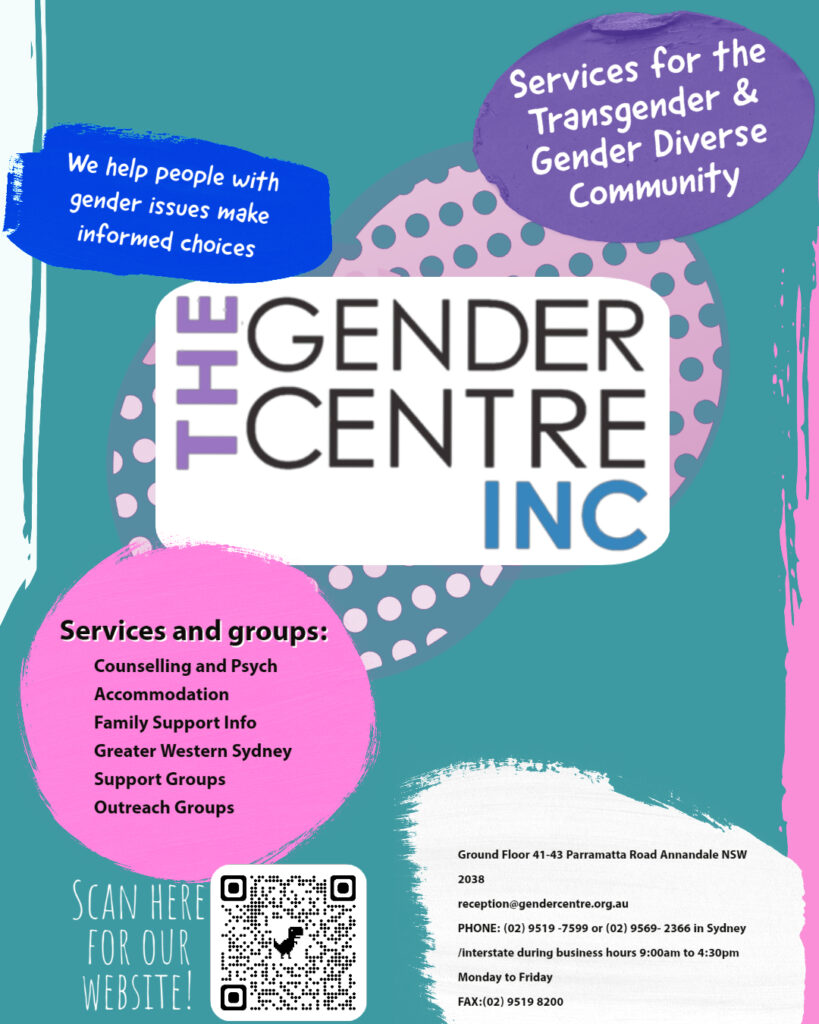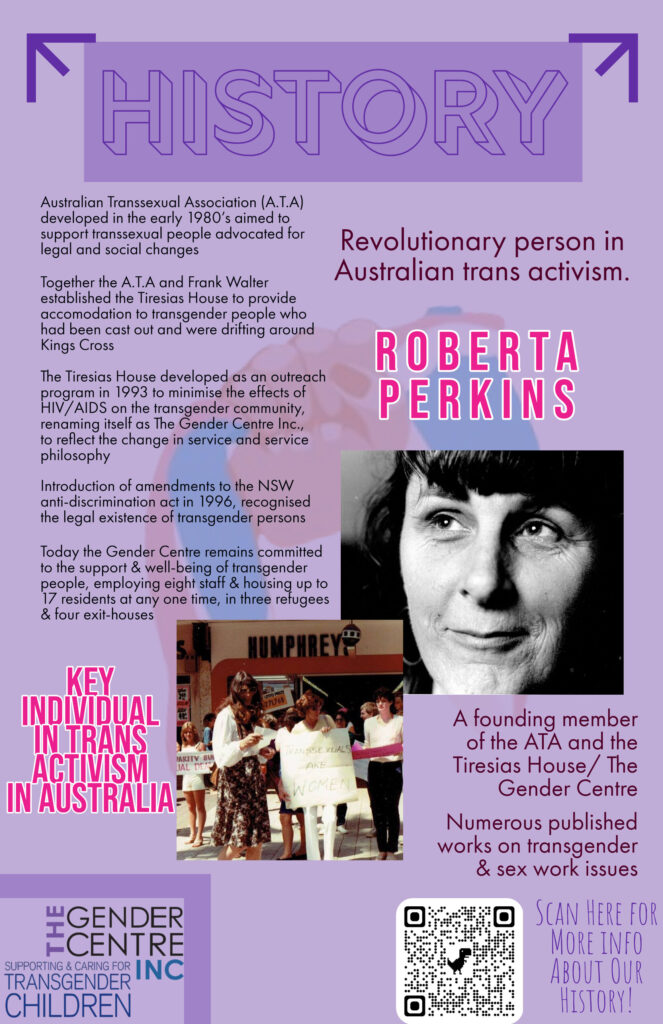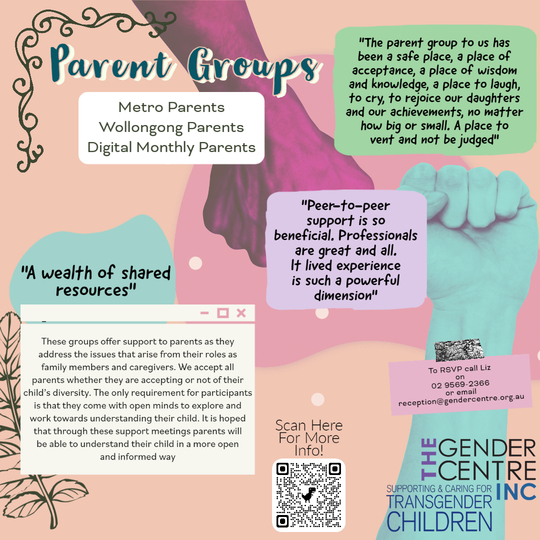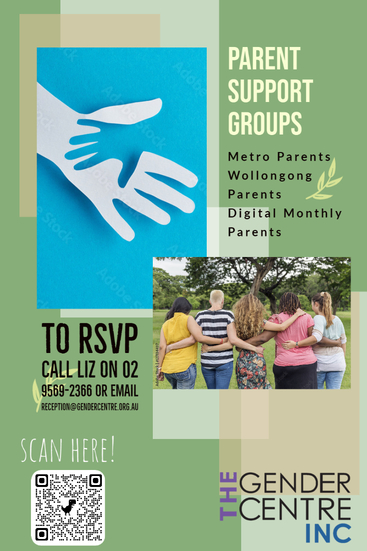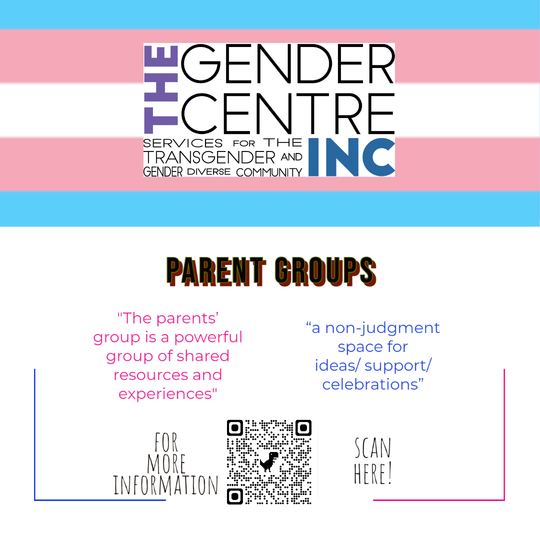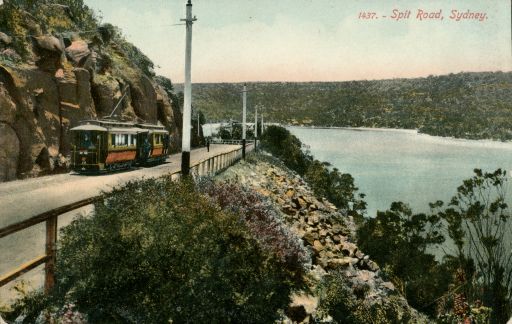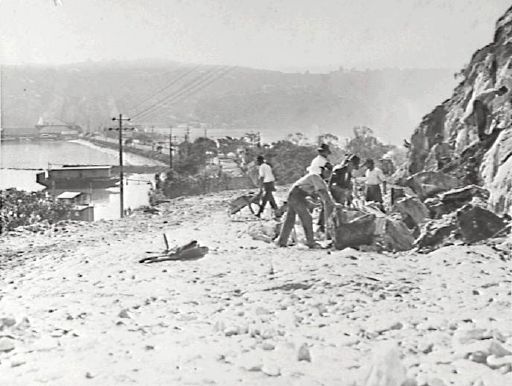The project I’ve been developing is an oral history project exploring the social role of The Gaelic Club both today and historically, with an understanding that this history can be explored through the recollections and memories of those who have participated in the club over the years. The project speaks to the sheer diversity of Sydney’s Irish community and traditional musicians – participants were from across a range of ages from their 20s through to their 80s, had different conceptions of ‘home’, and participated in the space for many different reasons. This format included the role of The Gaelic Club as a social hub in which people would meet and get chatting – but also its role as a bustling dancehall, as a place Irish immigrants could find work, a spot to seek music lessons, engage in political discussions and as a central nexus of the city’s traditional music scene.
This range of uses initially left me unsure how to understand the place – was The Gaelic Club a pub? The club’s community management and the number of other roles it served left the appraisal of the centre as a pub feeling inadequate. The space was also more than just a cultural centre – it serves as a lively and vibrant aspect of Sydney’s night life. It is more than just a space for the Irish in Australia, with a key focus on the diversity of those interested in the space and a management team willing to preserve that.
Speaking to people whose lives were bound up with The Gaelic Club also allowed for the exploration of the issues these people were facing at the time. People situated the history of the club among many other dynamics of Sydney history – generational shifts in migration patterns, changing laws around nightlife and alcohol consumption, the impact of Covid, property development pressures on traditional music and the decline of other immigrant clubs and community organisations. The oral format allows people’s understandings of The Gaelic Club to be told in their words, in their cadence, with room for participants to shape the course of the interview.
The centring of interviewee participation was also aided by the style of interview – a series of semi-structured interviews were conducted – a few key areas, such as introductions to the club and reasons for attending were asked to everyone, without the questions locking participants into a predetermined narrative. I introduced myself to most interviewees at The Gaelic Club on the first night of reopening after the 2021 lockdown, and managed to spend time with and speak to many participants prior to the interview. Seeking to meet participants where they were comfortable, interviews were conducted where preferable for the interviewee – some were conducted in side rooms at The Gaelic Club on a Friday night, capturing the essence of the session – others were conducted elsewhere or over zoom in order to find a balance that best suited those the project was for.
They were also conversational – rather than an interview as interrogation, those conducted included some back and forth conversation. My voice has been reduced a little in the editing, but a conversational approach was appropriate for the way stories are transmitted in Irish communities and I think facilitated rapport and comfort among participants. The most interesting interviews in retrospect were two interviews in which two people were spoken to together – this allowed them to relax a little more, allowed me to take a step back and their voices flowed a little more naturally – in future, I think it’s a model that could be really useful, and I plan to conduct even more interviews with Gaelic Club patrons in future – it has developed into a real passion project.
Despite a history of contests over the social role of The Gaelic Club for the next generations, the consensus among many still involved with the club is that it is beginning to emerge into a new high period with greater youth participation, bound together in many accounts by a focus on traditional music. While Irish language, dance, history and music have all been noted as key roles for The Gaelic Club, the traditional music sessions seem particularly central to the club’s current social role, in much the same way that the dances may have been during the 1970s.
The project has been inspired by previous historical work with the Irish National Association, though seeks to make a fresh contribution to the scholarship. Projects such as A Lifetime of Stories, a series of oral histories of Irish seniors in Sydney, and Sydney Irish Histories, oral histories of Sydney’s Irish community from the mid-20th century drew on the tradition of oral histories in Irish culture and among the Irish in Australia, and highlighted the relevance of such an approach to the communities I’m working with. The history of the Irish National Association in Australia has been explored by historians in the 2020 book To Foster an Irish Spirit: The Irish National Association of Australasia 1915-2015, but The Gaelic Club specifically as a space has not received the same attention. This project wanted to focus on the role of the space itself from the mid-20th century, to be explored through the lives and experiences of those who have been bound up with the club. These works all greatly informed the shape that this project would ultimately take, and it seeks to add to the contributions of pre-existing scholarship.
If there is a key central argument that emerges, it is that there is no one-clear cut history of The Gaelic Club that emerges victorious – much like people’s reasons for coming, people’s conceptions of the club’s history vary significantly, though key trends were senses of familiarity, the centrality of community, an essential home of traditional music and a hopeful return to the success and business of the venue’s heyday before financial troubles hit. Rather than seeking to be the unquestioned history of The Gaelic Club, this project seeks to share many of the histories existing in the understandings of the club’s patrons.
When first embarking on the project, I assumed that those who would benefit most from the project may be The Gaelic Club board – those with some level of vested interest in the club’s continued success. At the end, now, I think the project is at least as much for those I spoke with – people, Irish and otherwise who have engaged with the Gaelic Club in different senses and in many different periods of the city’s history, many of whom have a deep sentimental attachment both to the building and to the continually evolving social role it has played and continues to play. One respondent evoked a parallel to The Cobblestone, a Dublin pub central to traditional music that received a development proposal – the potential ephemerality of the space was not unnoticed, and this compounded my understanding of the need to tribute its history through the project, but also led me to believe quite strongly in the need for The Gaelic Club as a hub for Irish music in the centre of a Sydney increasingly run by developers. The hope is not just to serve as a tribute, but to preserve the space’s 20th century history for future generations, to showcase the continued diversity of the club and as a testament to the ordinary people who have built the role of the space.
The interviews have been brought together into four sound files, which will likely be uploaded to the website of the Irish National Association. The files are sorted by theme, dealing with people’s arrival at the club, their reasons for attending at first, the ways the space and its role have changed and how it functions in people’s lives today. Hopefully through this process, the histories can be widely disseminated and preserved for the communities they seek to tell the story of. It is also hoped that the audio format and conversational language allow the project to be broadly accessible to those with an interest the space, as well as the people and culture that define it. Through the recounting of stories and the sharing of experiences, a history of The Gaelic Club emerges that is deeply personal, that is complex and multifaceted, and that touches many aspects of Sydney life, for those born in Ireland or elsewhere.

